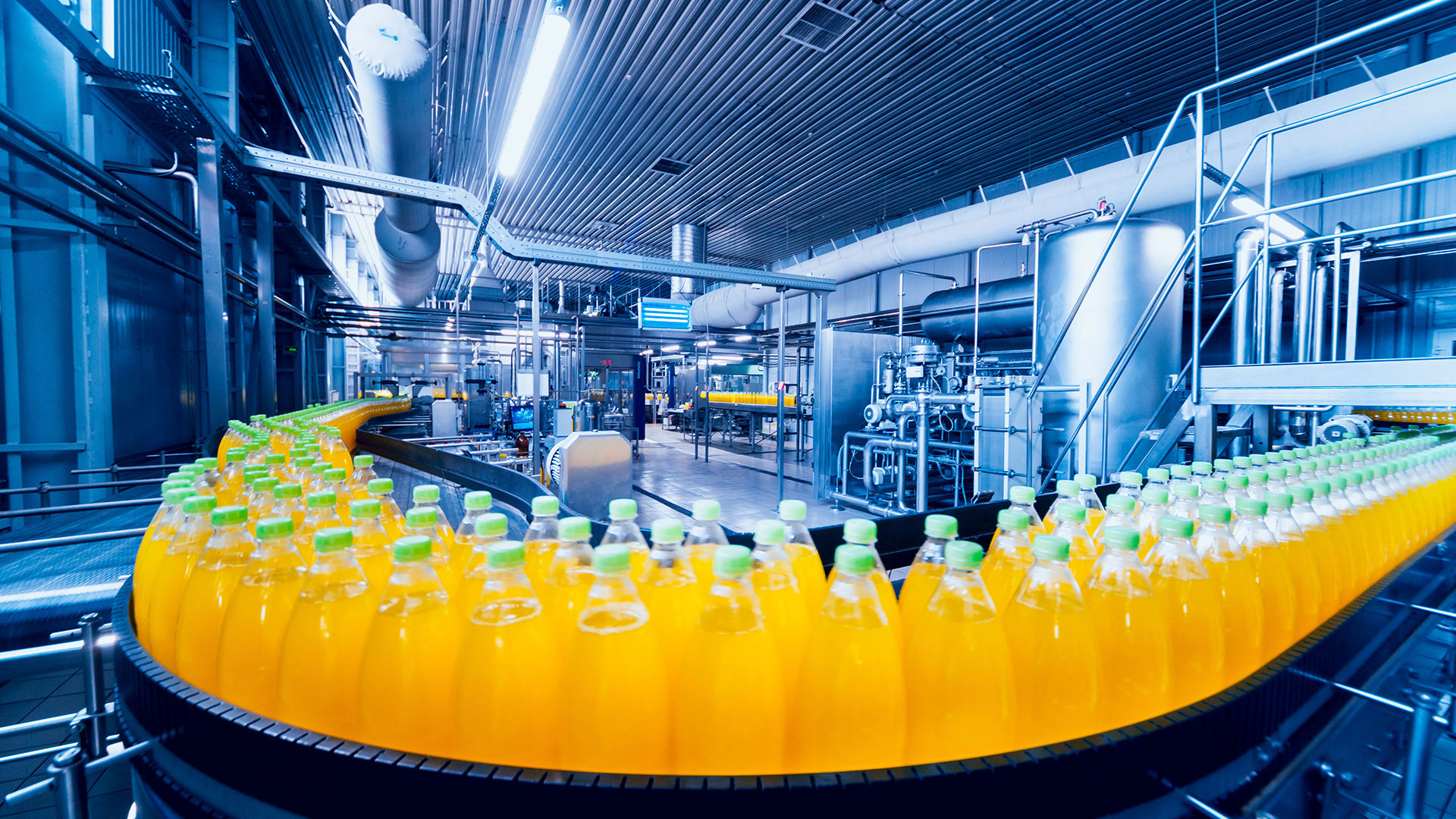Predictive simulation conquers Britvic’s site logistics challenges

Project facts
- ClientBritvic Soft Drinks
- LocationLeeds, UK
- ImpactNew operational flows were developed to avoid unanticipated congestion, automation investments were explored, production targets were verified and accurate running costs were built into budgets.
- ChallengeUnderstanding the internal logistics implications of installing a new high-speed manufacturing line at Britvic’s Leeds facility.
- SolutionTwinn Witness Horizon predictive simulation software modelled logistics outside and inside the factory to identify pinch points, safety issues, resource requirements and automation opportunities.
Challenge: Understanding whether a new manufacturing line would deliver on targets
Britvic was looking to invest in a new high-speed manufacturing line at its Leeds facility. The new line had a production target of 36,000 bottles per hour, and the team needed to understand how it would impact site logistics. "We knew we were going to have a new line, but we didn’t really know the impact. The questions were endless,” explained Neil Brinkman, Operations Optimisation Manager at Britvic.
The first challenge was prioritising those questions, all of which would affect the facility’s ability to achieve its targets. Britvic started by working with experts from Twinn, previously known as Lanner, to understand what questions needed answering. “That process was really valuable to us,” said Neil. Together, we explored a range of internal logistics considerations, including:
- Can we get the vehicles in and out of the gatehouse in time? If not, what do we need to do?
- How many loads are we going to be loading in an hour?
- How many forklift drivers do we need?
- Are there any traffic pinch points?
- Is it going to be safe?
Understanding what questions to ask – and in what order – laid the foundation for using predictive simulation to model the internal logistics for the upgraded facility.
We wouldn't have thought about having a one-way system if we hadn't done the simulation. It’s a great way to bring things to life.
Solution: Predictive simulation to understand the new line’s internal logistics implications
Britvic had previously used Twinn Witness predictive simulation software (formerly under the Lanner brand), with Neil specifically benefitting from it while running a warehouse in East London. Based on this experience, it was a natural choice for understanding the logistics implications of the new line in Leeds.
“It was a 2-phase simulation process,” explained David Rice, GB&I Operations Analyst at Britvic. “First, we looked at whether the outside of the site would cope. Once we were happy with that, we concentrated on the internal movements.”
In terms of outside operations, the model simulated how vehicles would get in and out of the gatehouse and how loading and unloading would work. The internal analyses looked at forklift flows bringing raw materials to the line, taking finished products to warehousing and transporting pallets to loading bays. As part of this, the team looked at the implications of introducing automation for putting pallets into racking and then taking them out for onward transport to customers.
